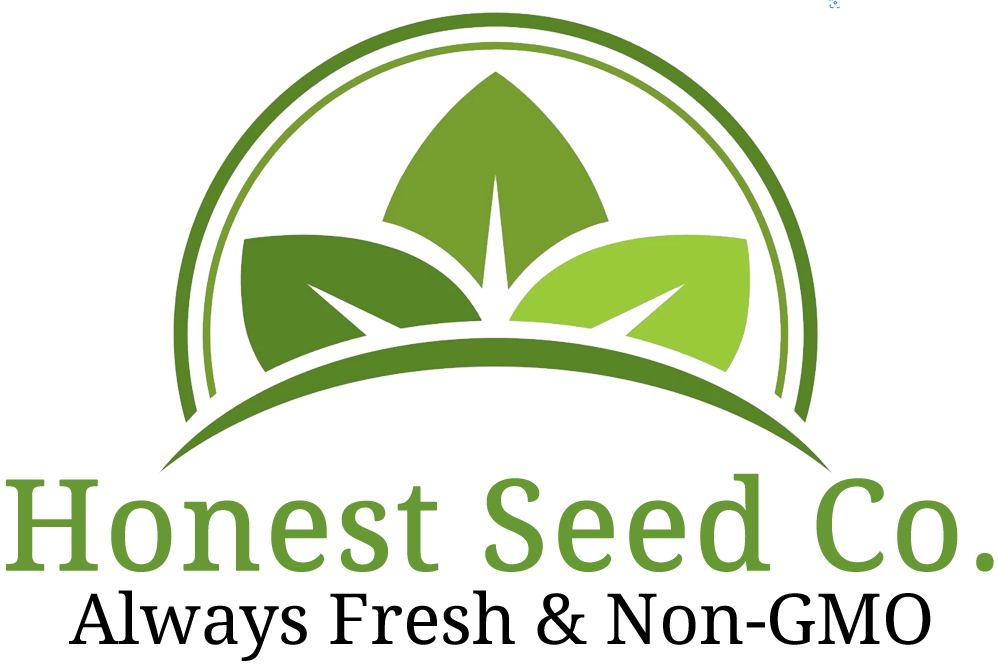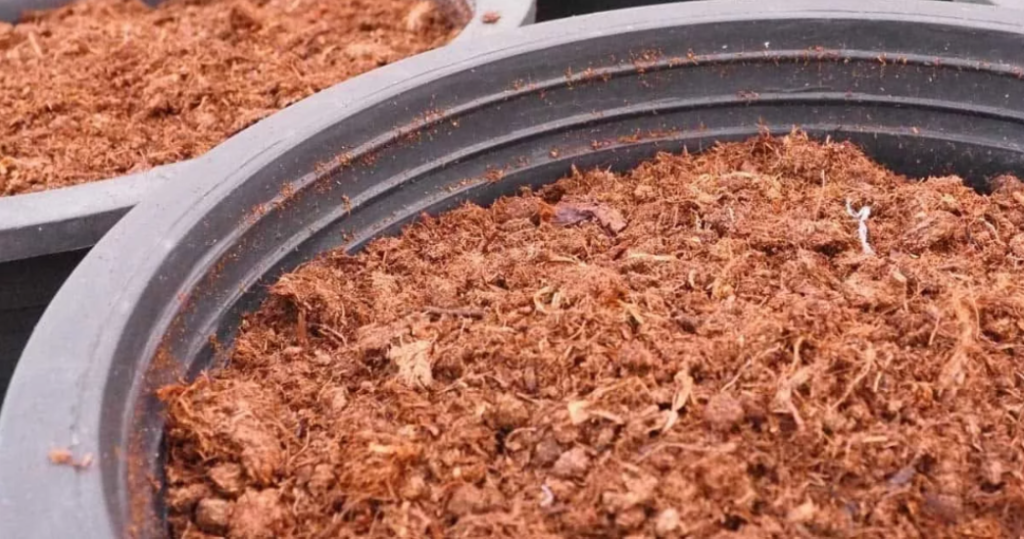Creating the perfect soil mixture is crucial for the successful growth of vegetables in any garden. One such combination that provides excellent drainage and moisture retention is a blend of peat moss and sand. This article explores a variety of vegetables that thrive in this unique soil mixture. By understanding the preferences of these vegetables and harnessing the benefits of peat moss and sand, you can cultivate a vibrant and productive vegetable garden.
- Carrots: Carrots, with their long taproots, prefer loose and well-draining soil. The combination of peat moss and sand offers excellent aeration, allowing carrot roots to penetrate deeply and develop properly. The loose texture of this mixture also prevents the formation of clumps, enabling straight and healthy carrot growth.
- Radishes: Radishes are quick-growing root vegetables that thrive in loose soil with good drainage. The peat moss and sand mixture provide the ideal conditions for radish roots to expand and develop without hindrance. The loose structure also promotes easy harvest and minimizes the risk of root deformities.
- Lettuce: Lettuce prefers moist soil that drains well to avoid waterlogging. The peat moss in the mixture aids in retaining moisture, ensuring a consistent water supply for lettuce plants. At the same time, the sand component facilitates proper drainage, preventing excess moisture that could lead to disease or root rot.
- Spinach: Moisture retention is vital for spinach, a leafy green vegetable with shallow roots. The peat moss in the soil mixture helps to keep the soil evenly moist, promoting healthy growth and preventing wilting. The sand content assists in drainage, preventing waterlogged conditions that could hinder spinach development.
- Peppers: Peppers, whether sweet or hot, thrive in well-draining soil. The peat moss and sand mixture provide optimal aeration and prevent excess water accumulation around the pepper roots. This combination also aids in nutrient distribution, allowing pepper plants to flourish and produce abundant fruits.
- Cucumbers: Cucumbers require well-drained soil to prevent waterlogged conditions that can lead to root rot. The peat moss and sand blend creates an ideal balance of moisture retention and drainage. Cucumbers benefit from the consistent moisture provided by the peat moss while excess water quickly drains away through the sand.
- Beans: Both bush beans and pole beans flourish in soil that drains well. The peat moss and sand mixture offer the necessary conditions for successful bean growth. Proper drainage prevents waterlogging, while the moisture-retaining properties of peat moss ensure sufficient hydration for the beans.
Incorporating a peat moss and sand mixture in your vegetable garden can provide numerous benefits, including improved drainage and moisture retention. By understanding the specific preferences of different vegetables, you can create an optimal growing environment that promotes healthy root development and vigorous growth. Whether you’re cultivating carrots, radishes, lettuce, spinach, peppers, cucumbers, or beans, harnessing the power of peat moss and sand will contribute to the success of your vegetable garden. Embrace this soil mixture and watch your vegetables thrive with vitality and abundance.

